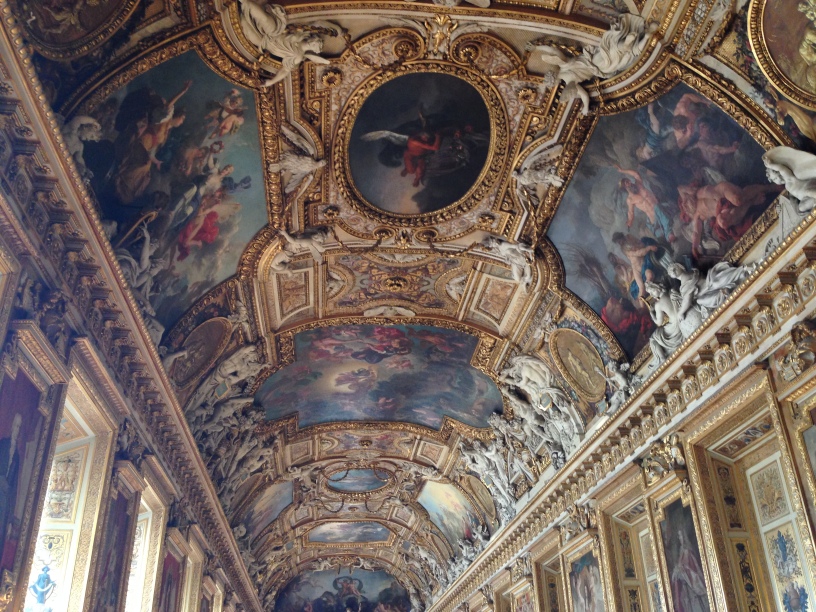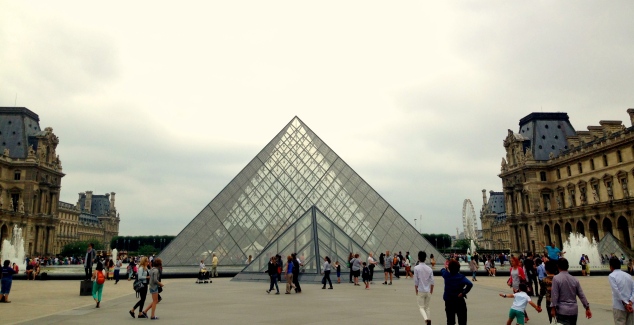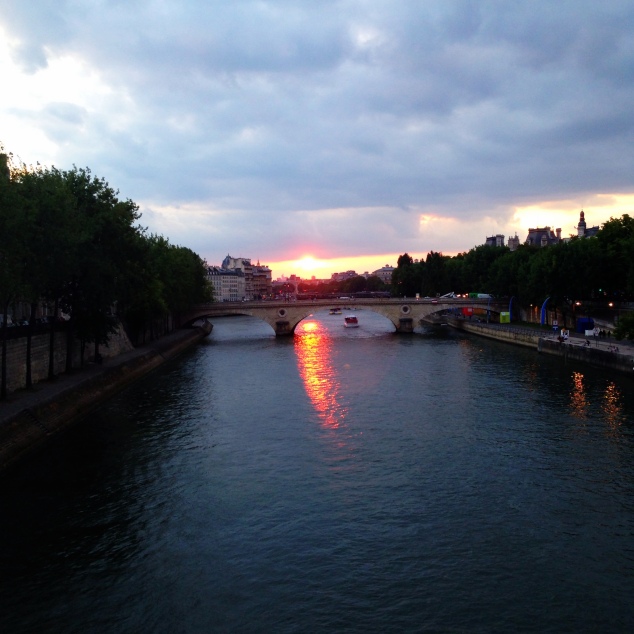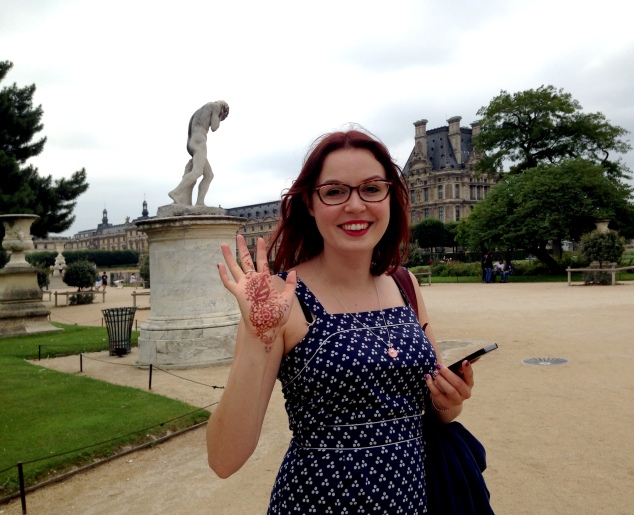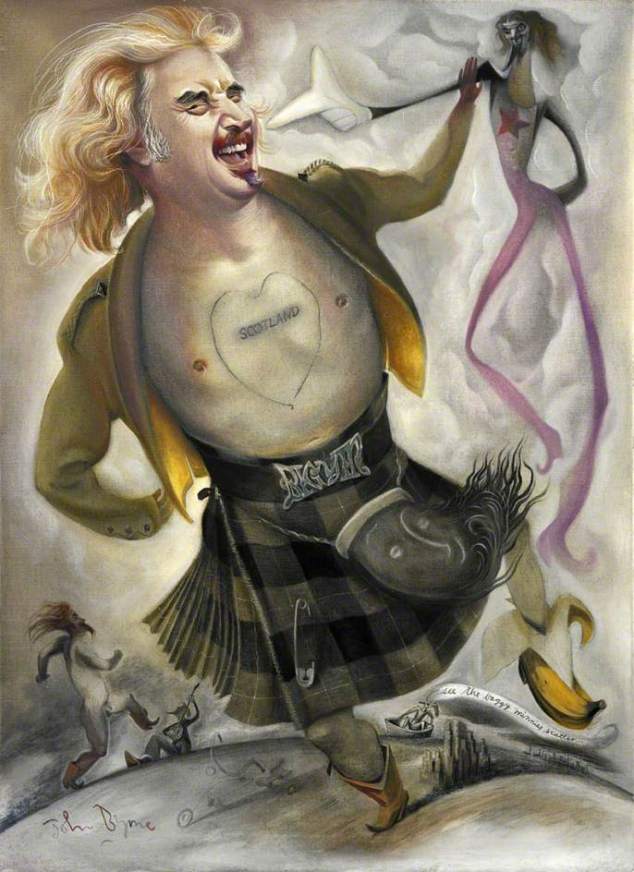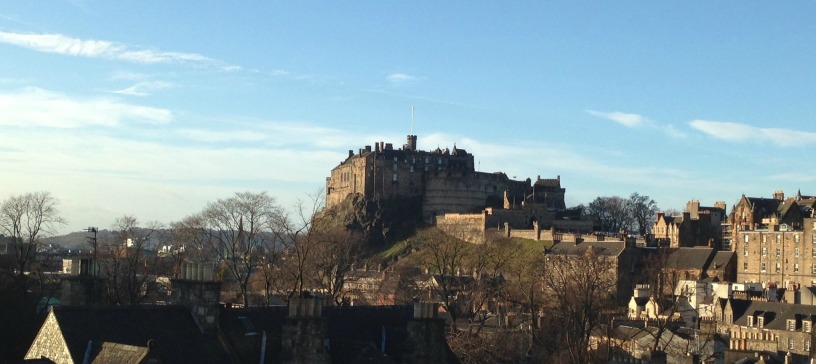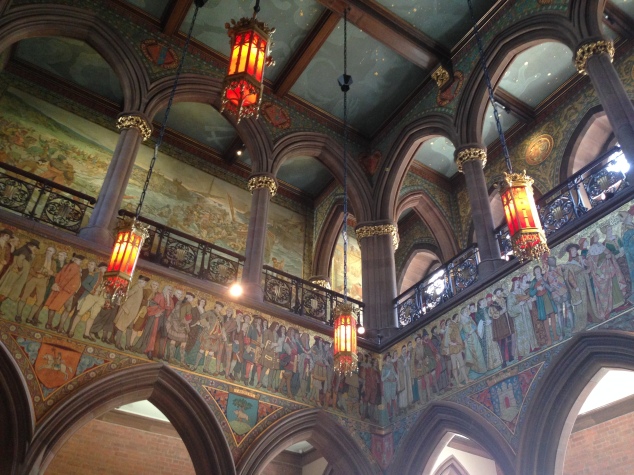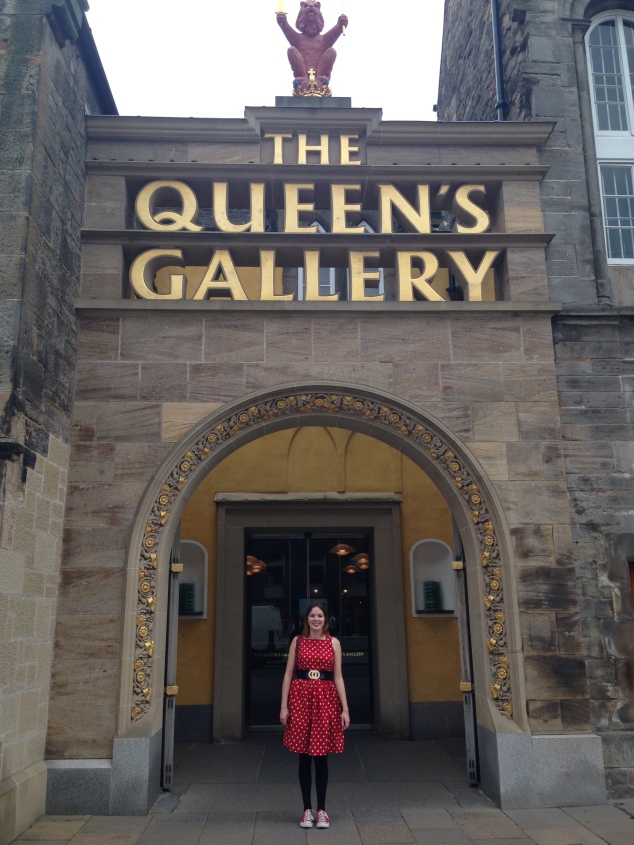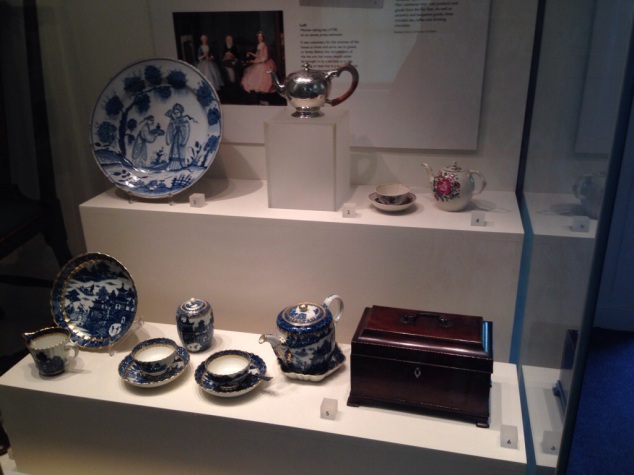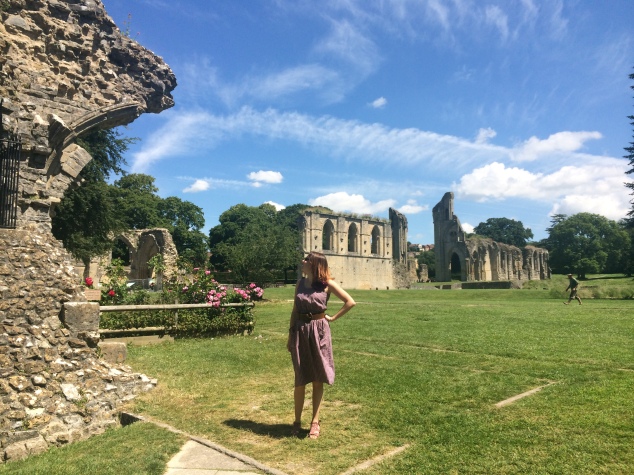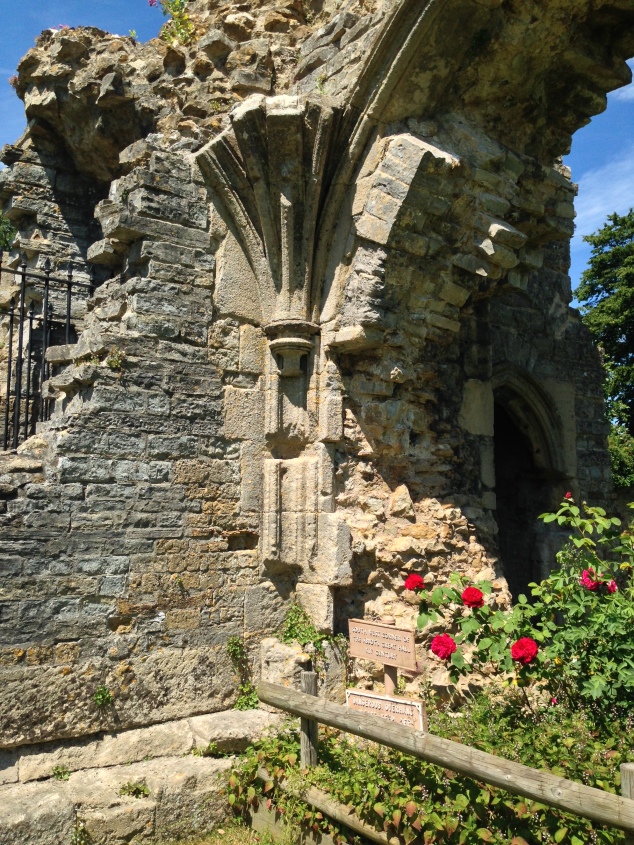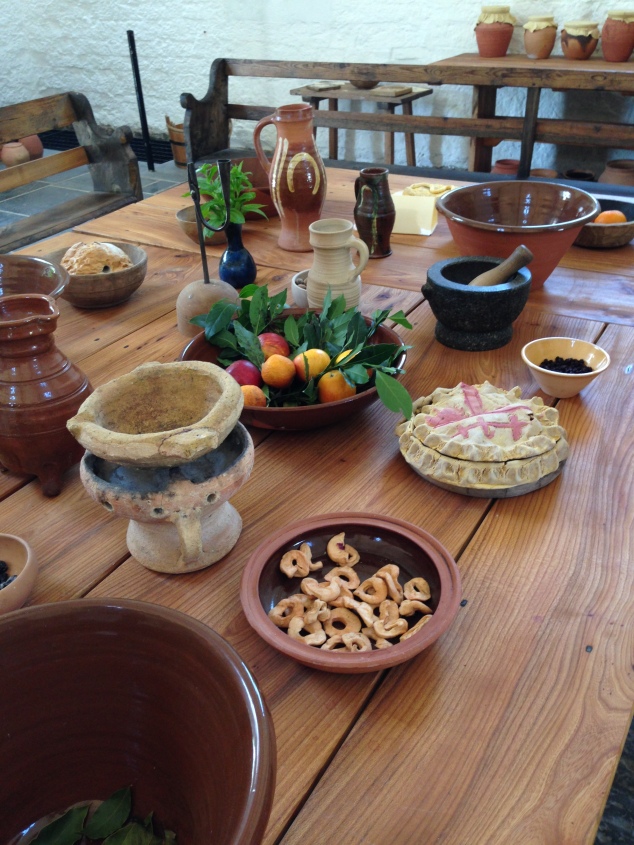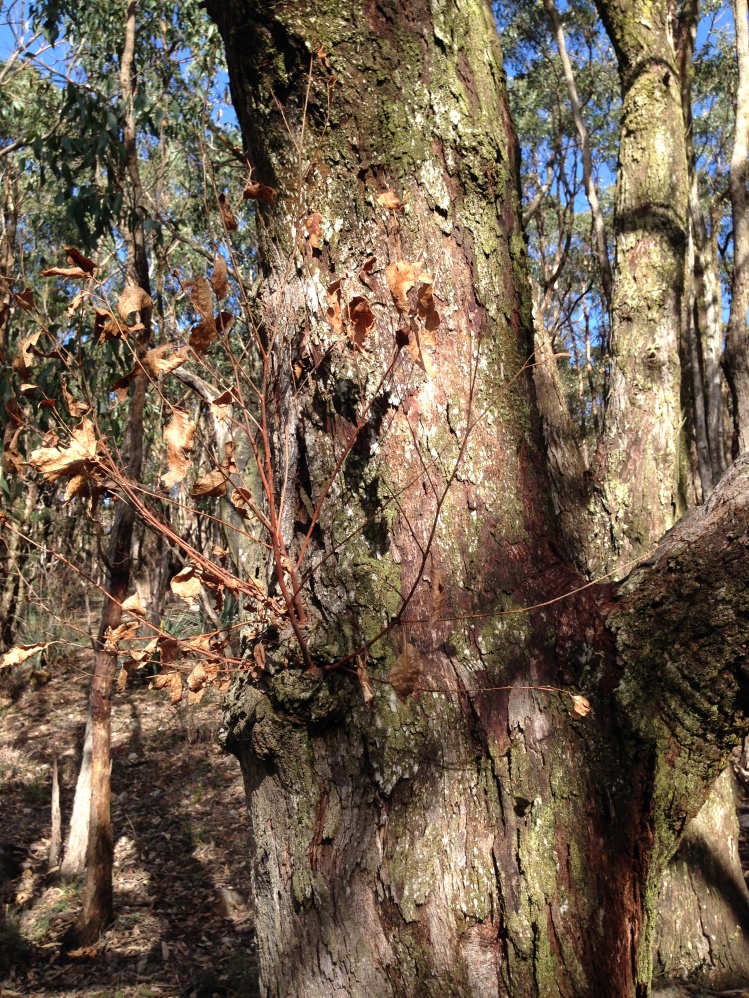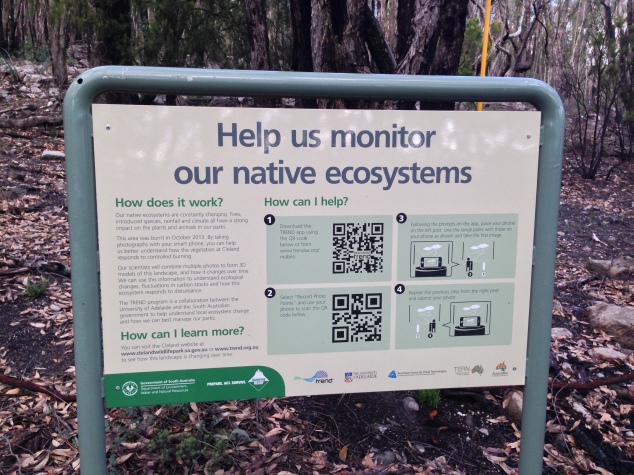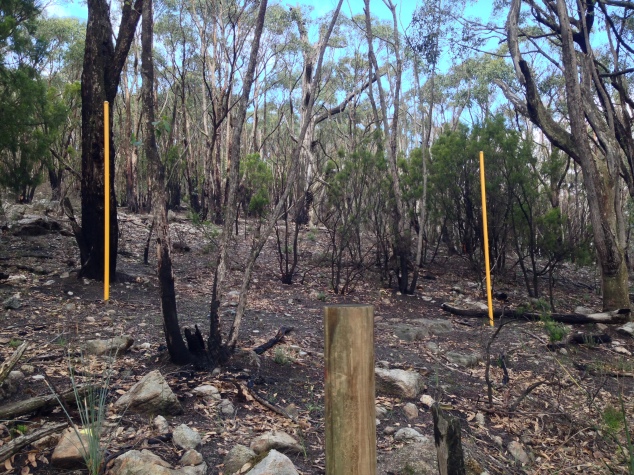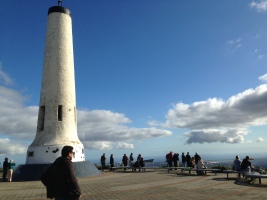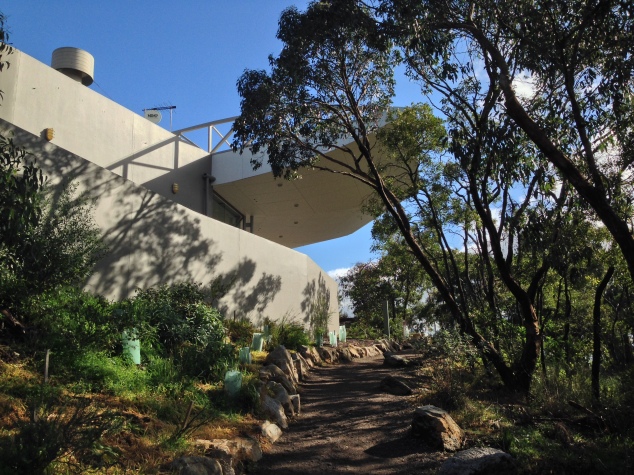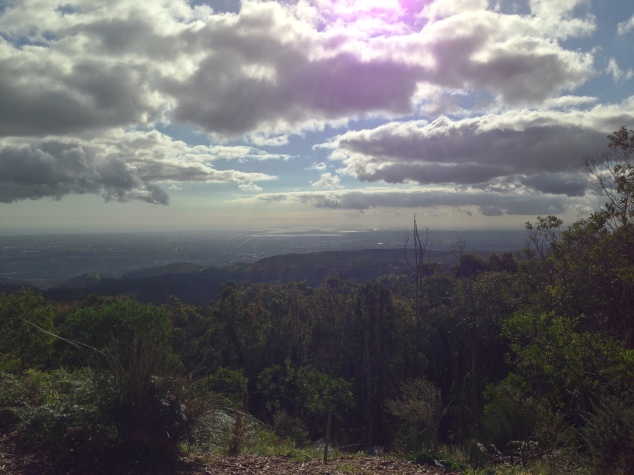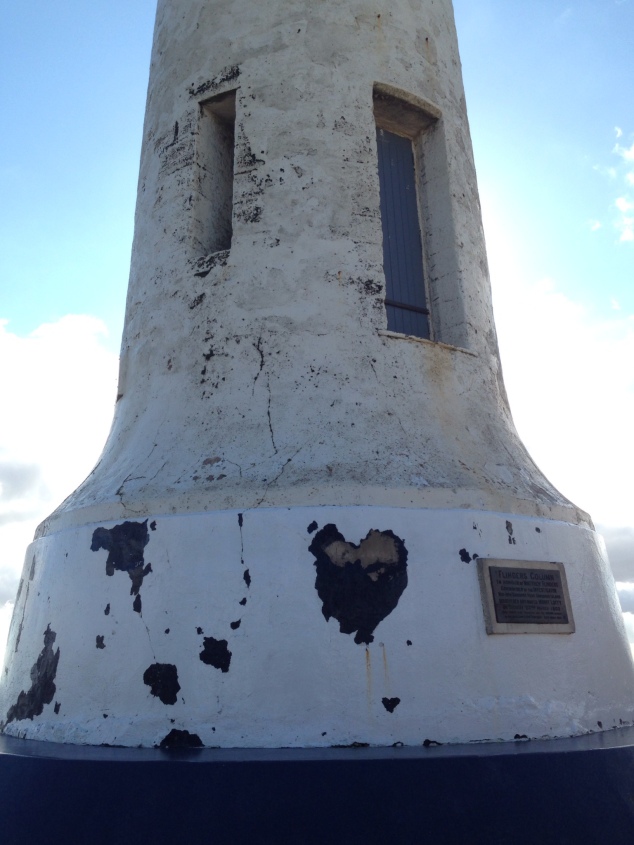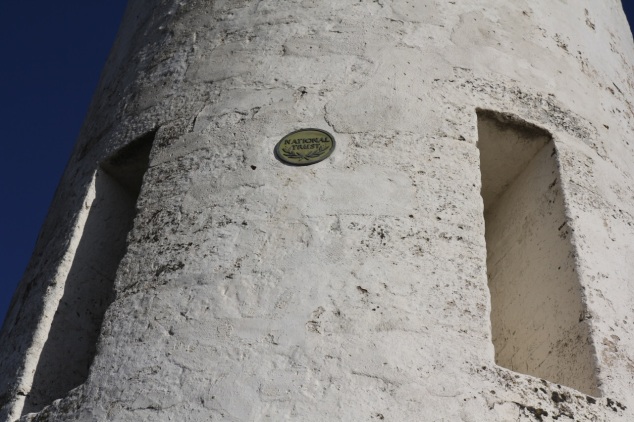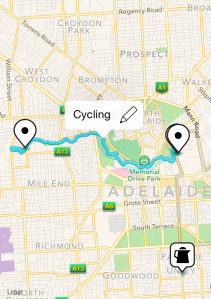With the Fashion Icons: Masterpieces from the collection of the Musée des Arts Décoratifs, Paris opening at the Art Gallery of South Australia today, Paris is the city on everyone’s lips here in Adelaide. I’m planning on visiting the exhibition as soon, but first I thought I’d take the opportunity to share my top tips for visiting museums in Paris.
This year I was lucky enough to head back to Europe for my birthday. Clearly visiting museums was going to feature heavily on the agenda! Paris is a city of culture, but unfortunately it’s also a place of giant museum queues. Here are my top five tips for visiting Paris like a pro:
1. Buy a Paris Museum Pass
This gives you entry to over 60 museums without having to queue. Score! This little pass was a god-send during my trip. We visited during peak Summer season and the length of the queues was enough to make any seasoned museum visitor want to cry. If you’re intending on blitzing a load of museums, this is an ideal way to save money too. It also allows you to fit more museums into your trip as you don’t waste time on queuing. Having a pass can also alters the way you choose to visit museums. By having paid up-front you have the opportunity to discover some hidden-gems you might have overlooked otherwise. Feel tired half way through your visit? No worries, just pop back the next day with no extra charge.
Full details about the Pass can be found on the official website. I’d recommend ordering your pass before your trip, or buying it from the airport when you arrive, as the queues in the shops near the museums were a little bit soul-destroying.
2. Visit at night
With the museums tending to be a lot less busy in the evenings it’s the perfect opportunity to see an exhibition and then stroll along the river banks at dusk. Many of the museums have extended opening hours on certain days of the week. For example, the Louvre opens until 9:45pm on Wednesdays and Fridays and the Musée d’Orsay opens late on Thursdays. You can find a full list of the evening opening times here.
3. Use the secret entrance
Maybe the Paris Museum Pass isn’t for you but you still don’t want to queue. Amongst museum pros it is well known there is an alternative entrance to the Louvre, which rarely has any queue. The entrance, called Porte des Lions is advertised on the museum’s website and maps, but is seldom spotted by tourists. I’ve circled the entrance in red on a map below, taken from the Museum’s website. You can thank me later!
4. Watch out for closed days
The issues with museums being closed, particularly the big ones, are two-fold. Obviously it’s rubbish turning up and realising poor planning has led you to arrive at the museum on the only day of the week when it’s closed. However, there is a second knock on effect which many people overlook. On Tuesdays when the Louvre is closed, other popular places, such as the Musée d’Orsay get really busy. Don’t say I didn’t warn you!
5. Wear the right shoes
This is the part where I sound like your mum! Don’t be tempted to wear open-toed sandals. Or any nice shoes for that matter. As an experienced museum visitor, I already know that comfy shoes are a must. However, what caught me off guard in Paris was the awful gravel pathways in the parks, for example EVERYWHERE around the Louvre. What is the problem with these gravel paths, I hear you ask? Well I ended up with a million tiny little stones making there way into my sandals. To top that off the paths create a dust so you end up with dirty, grey feet and shoes. Not the chic Parisian style one aims for!
I hope you find these tips useful and enjoy exploring the amazing cultural offerings in Paris. I’d love to hear any tips you have about visiting Paris or museums in general. Do you think there is a best time of day to go, or even a good day of the week? Do you find it helpful pre-booking tickets, or feel it takes away the freedom of your holiday? Just pop your comments below.

